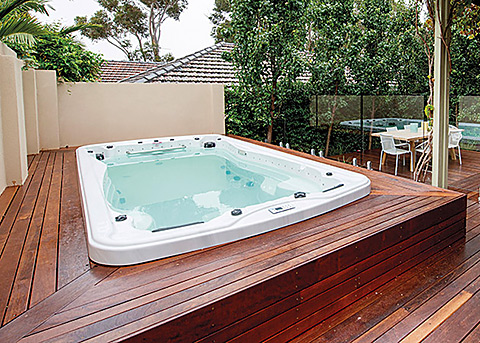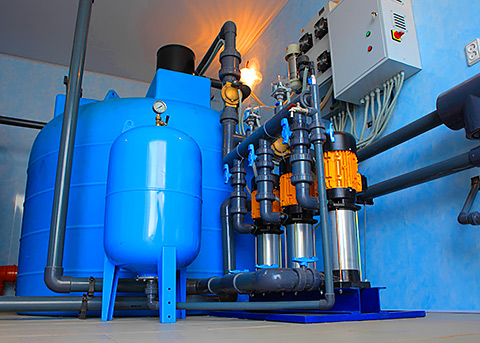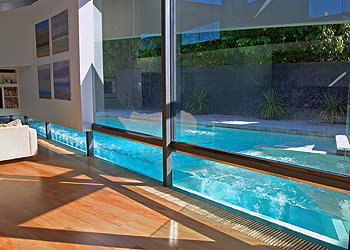Like everything in nature, water will always strive to be in balance
In a pool or spa, we need to help nature achieve balance. Chemically balanced and sanitised water provides a healthy environment for your family and friends, but untreated or improperly treated water is not quite so appealing.
When the chemicals are out of balance, the water will aggressively seek to balance itself by either attacking the pool surface, corroding pool equipment or forming scale on various surfaces. This can be expensive and it can also inhibit the sanitising process. In simple terms, the pool owner should balance the pool’s pH - its total alkalinity and the calcium hardness.
MEASURING pH
The pH reading tells us whether the water is acidic or alkaline and incorrect levels may cause itchy skin and red eyes. The pH level ranges from 0 to 14, with 7.0 being neutral. Values below 7.0 are acidic.
The Australian Standard for pool water is 7.0 to 7.8 with 7.2 to 7.6 recommended. SPASA Victoria recommends 7.2 to 7.4 for fibreglass pools and 7.2 to 7.6 for spas.
The pH level can change after heavy rain, heavy pool usage, topping up the pool, or adding chemicals, which in turn affects sanitising. Sanitiser and pH levels should be checked and adjusted frequently. Regardless of the chlorination process used, any pH drift above the recommended range (7.2 to 7.6) will inhibit the sanitising effect of your chlorine.
TOTAL ALKALINITY (T.A.)
This is a measure of bi-carbonates, carbonates and hydroxides in the pool. The Australian Standard recommends a range of 60 to 200 parts per million (ppm).
Usually, 120 to 160ppm in swimming pools and 60 to 150ppm in spas is the accepted range, depending on the other balance factors. Consult your Pool Shop or Pool Builder for the recommended level for your pool.
Low T.A. will lead to erosion of pool surfaces and corrosion of equipment. It will also cause the pH levels to be very unstable so small additions of chemicals can result in major shifts in pH. This is sometimes known as “pH bounce”.
Adding buffer will RAISE the Total Alkalinity. Adding acid to lower pH will also LOWER Total Alkalinity. Topping up the pool will change the Total Alkalinity depending on the T.A. of the top-up water.
Acids lower the pH and Total Alkalinity so these two chemical components need to be adjusted together. And remember, hydrochloric acid must always be diluted (one part acid to ten parts of water) before being added to the pool.
Always add acid to water, never water to acid. Most importantly, always check with your SPASA Victoria Pool Builder, Pool Shop or technician for advice on the best way to maintain the T.A. in your pool.
CALCIUM HARDNESS
This is a measure of the amount of dissolved calcium in your pool water. Depending on the other balance factors, the Australian Standard recommends a range of 80 to 500ppm. Both Total Alkalinity and Calcium Hardness need to be in balance. Calcium Hardness cannot usually be tested with the standard test kit so you will need to take a water sample to your nearest SPASA Victoria Pool Shop for testing.
In areas where calcium levels are not naturally high, you should only need to test about once a year – unless you are using Calcium Hypochlorite to sanitise your pool.
This chemical raises Calcium Hardness levels, so more frequent testing may be necessary. When adding chemicals, use small amounts, run the filter and test the effect after several hours. Adding large amounts of chemical to achieve large changes can result in large problems.
And always consult your authorised SPASA Victoria Pool Shop before buying chemicals or using them in your pool.



